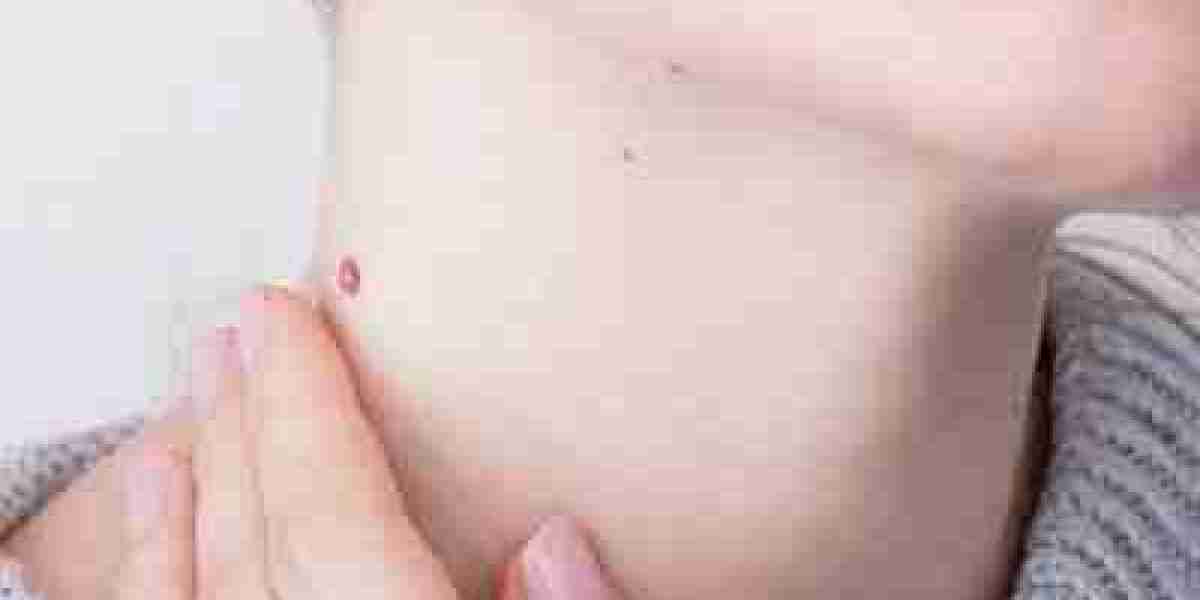The textile industry has always been a canvas for human creativity. From ancient hand block printing to screen printing and dyeing, fabrics have served as storytellers of culture, fashion, and innovation. Today, however, the demand for personalization, sustainability, and faster production has brought about a revolutionary solution: custom digital printing on fabric.
Unlike traditional methods, digital printing allows intricate designs, vibrant colors, and even photo-quality images to be printed directly onto textiles. It eliminates the need for screens or plates, making customization affordable and accessible. Whether for fashion, interior design, sportswear, or branding, this method is reshaping how fabrics are produced and consumed.
This article explores the process, benefits, limitations, applications, and future of custom digital printing on fabric, along with common questions people ask about this modern textile solution.
What is Custom Digital Printing on Fabric?
Custom digital printing on fabric is the process of applying designs directly to textiles using advanced inkjet technology. Unlike screen printing, where each color requires a separate stencil, digital printing reproduces designs straight from computer files.
The term custom highlights the flexibility of the method—it allows businesses and individuals to print unique designs, one-off pieces, or small batches without the high costs of traditional printing. From personalized dresses to branded corporate merchandise, the scope is almost limitless.
How Does Custom Digital Printing Work?
The process involves several steps that ensure design precision and durability:
Design Creation – A digital file is prepared using software like Adobe Illustrator, Photoshop, or CAD tools.
Fabric Preparation – Fabrics are pre-treated to improve ink absorption and colorfastness.
Printing – High-resolution inkjet printers apply the design directly onto the fabric surface.
Fixation – Heat, steam, or UV curing is used to bond the ink with the fibers.
Washing and Finishing – Fabrics are washed to remove excess chemicals and then finished for softness and usability.
This streamlined process makes it possible to produce anything from a single piece of fabric to hundreds of meters without compromising on quality.
Types of Custom Digital Fabric Printing
Direct-to-Fabric (DTF) Printing
Designs are printed directly onto natural fabrics such as cotton or silk. Known for detail and softness.
Dye Sublimation Printing
Works best on polyester. Heat and pressure transfer the design from paper to fabric, creating vibrant, permanent prints.
Reactive Digital Printing
Ideal for natural fibers. Reactive dyes chemically bond with the fibers, ensuring brilliant and long-lasting results.
Pigment Digital Printing
Uses pigment-based inks that sit on top of fabric, requiring less pre-treatment. Popular for home textiles.
Acid Digital Printing
Designed for protein-based fibers like silk and wool, producing deep, vivid colors.
Benefits of Custom Digital Printing on Fabric
Creative Freedom
Designers can experiment with unlimited colors, gradients, and photographic effects without technical restrictions.
Personalization
Perfect for one-of-a-kind projects, such as wedding dresses, custom uniforms, or promotional fabrics.
Eco-Friendliness
Compared to screen printing, digital methods use less water, generate minimal waste, and reduce chemical use.
Faster Turnaround
No screens or plates are required, so designs can be produced on-demand, reducing lead times.
High-Quality Results
Sharp details, smooth gradients, and vibrant hues give a premium look and feel.
Limitations to Consider
Not Always Cost-Effective for Bulk Orders – Traditional printing may still be cheaper for very large runs.
Fabric Limitations – Some fabrics need heavy pre-treatment, and certain methods only work with specific fibers.
Durability Variances – Depending on the technique, some prints may fade faster with repeated washing.
Slower for Mass Production – While excellent for custom and small runs, bulk rotary printing is faster.
Applications of Custom Digital Fabric Printing
Fashion and Apparel
Designers can release limited editions, experimental designs, and personalized collections without high investment.
Home Décor
Custom curtains, upholstery, tablecloths, and cushions allow homeowners to reflect their personal taste.
Corporate Branding
Businesses can create branded uniforms, promotional items, and event banners with customized fabrics.
Sportswear
Sublimation printing produces breathable, long-lasting, and colorful prints ideal for jerseys and athletic gear.
Events and Gifting
Personalized textiles for weddings, birthdays, and corporate giveaways add uniqueness and emotional value.
Environmental Impact and Sustainability
Sustainability is one of the strongest advantages of digital printing. Compared to traditional methods, it:
Reduces water consumption by up to 90%.
Lowers energy use by approximately 40%.
Enables print-on-demand production, cutting down on excess inventory and waste.
Uses eco-friendly, water-based inks with less chemical discharge.
For an industry often criticized for its environmental footprint, this is a game-changing benefit.
The Future of Custom Digital Fabric Printing
The future looks promising with continuous technological advancements:
Better Ink Technologies – Expanding compatibility with different fabric types.
AI-Driven Design – Helping users generate creative patterns faster.
Smart Fabrics Integration – Printing on textiles with built-in functionalities like UV resistance or health monitoring.
Localized Printing Hubs – Reducing shipping emissions by enabling production closer to end-users.
As these innovations grow, custom digital printing will become the standard for both mass customization and eco-conscious production.
FAQs
What fabrics can be digitally printed?
Most fabrics can be digitally printed, including cotton, silk, polyester, wool, and blends. The choice of method depends on the fabric type.
How long do digital prints last?
Durability depends on the printing technique. Sublimation and reactive printing are highly durable, while pigment prints may fade sooner.
Is digital printing cost-effective?
Yes, especially for small orders, prototypes, and personalized items. For bulk production, screen or rotary printing may be cheaper.
Can photographs be printed on fabric?
Absolutely. Digital printing excels at replicating photo-quality images with clarity and vibrancy.
Is digital fabric printing environmentally friendly?
Yes. It uses less water, fewer chemicals, and produces less waste, making it far more sustainable than traditional methods.
Conclusion
Custom digital printing on fabric represents a turning point in the textile industry. By combining creativity, personalization, and sustainability, it empowers designers, businesses, and consumers to create fabrics that truly reflect individuality.
While large-scale manufacturers may still rely on traditional methods, the growing demand for personalized, eco-friendly solutions ensures that digital printing will continue to expand. From fashion runways to home décor, corporate branding to sportswear, its applications are nearly endless.
In essence, custom digital fabric printing is not just a printing method—it is the future of textiles, where innovation, style, and responsibility come together seamlessly.






